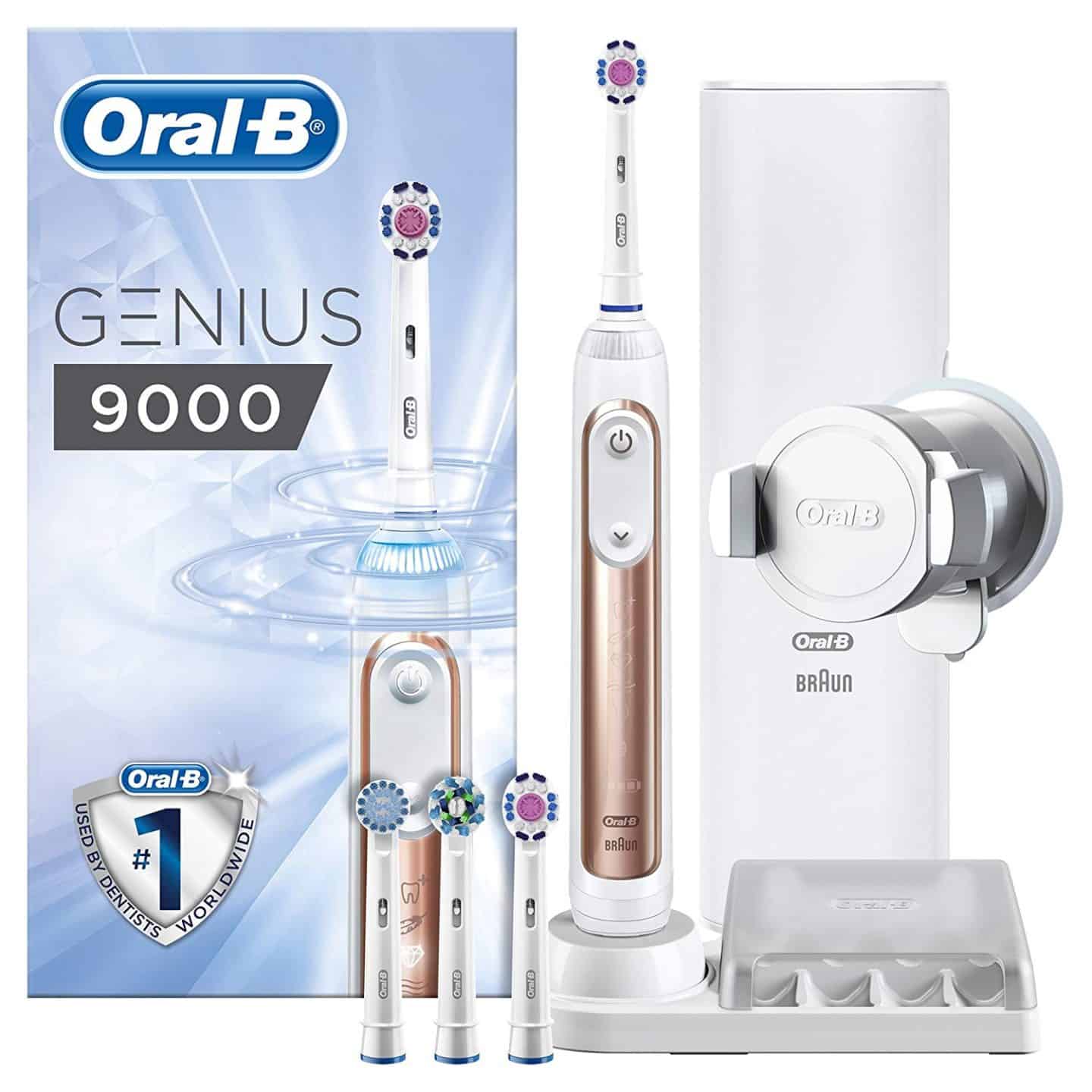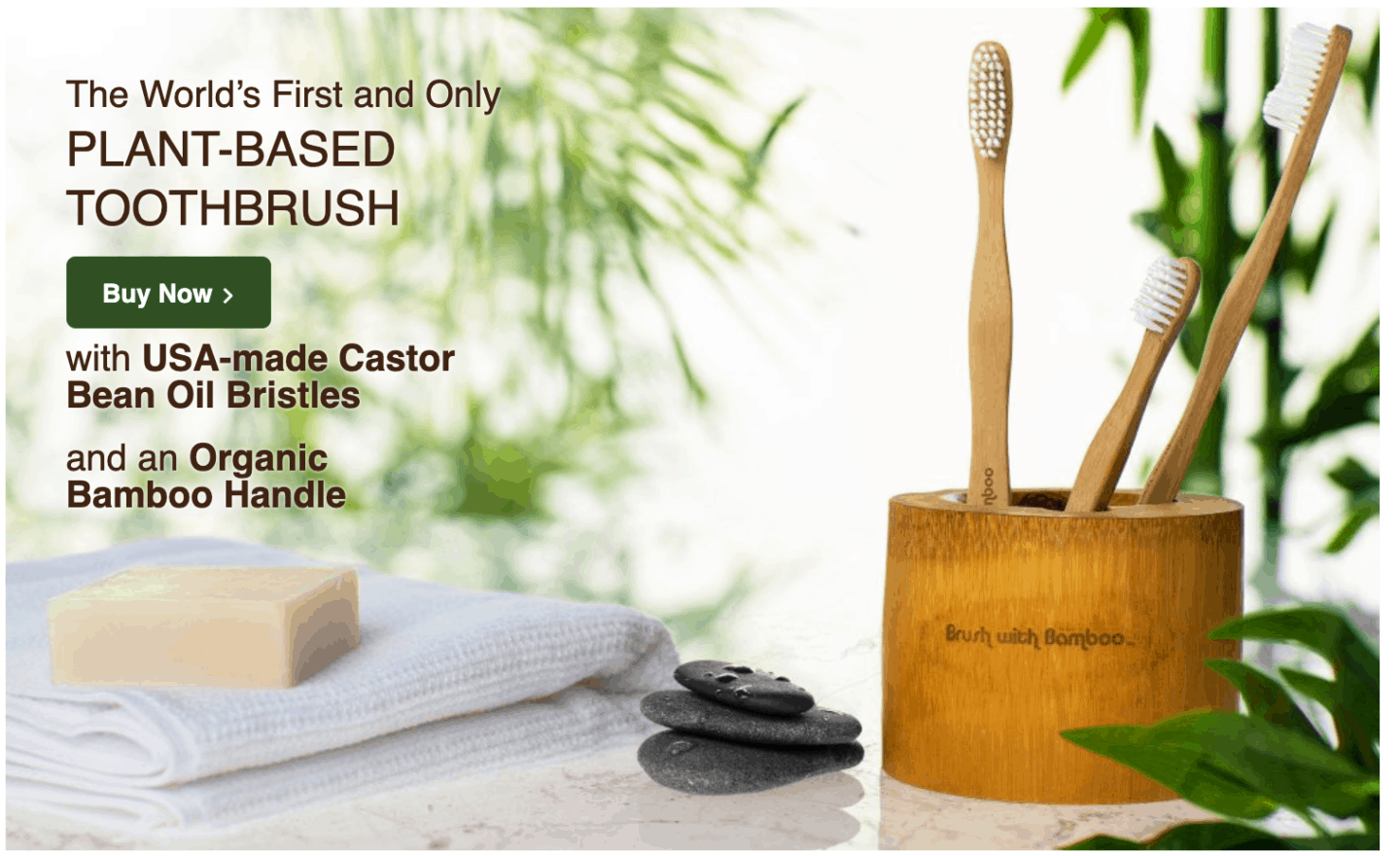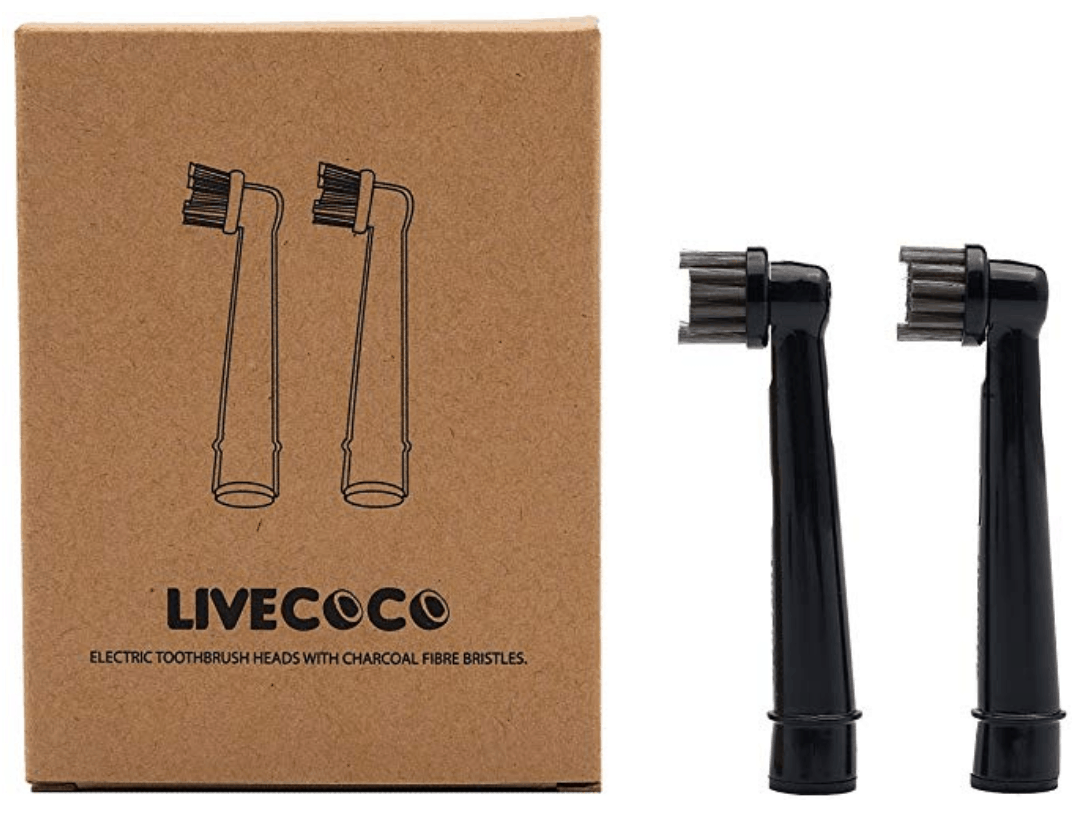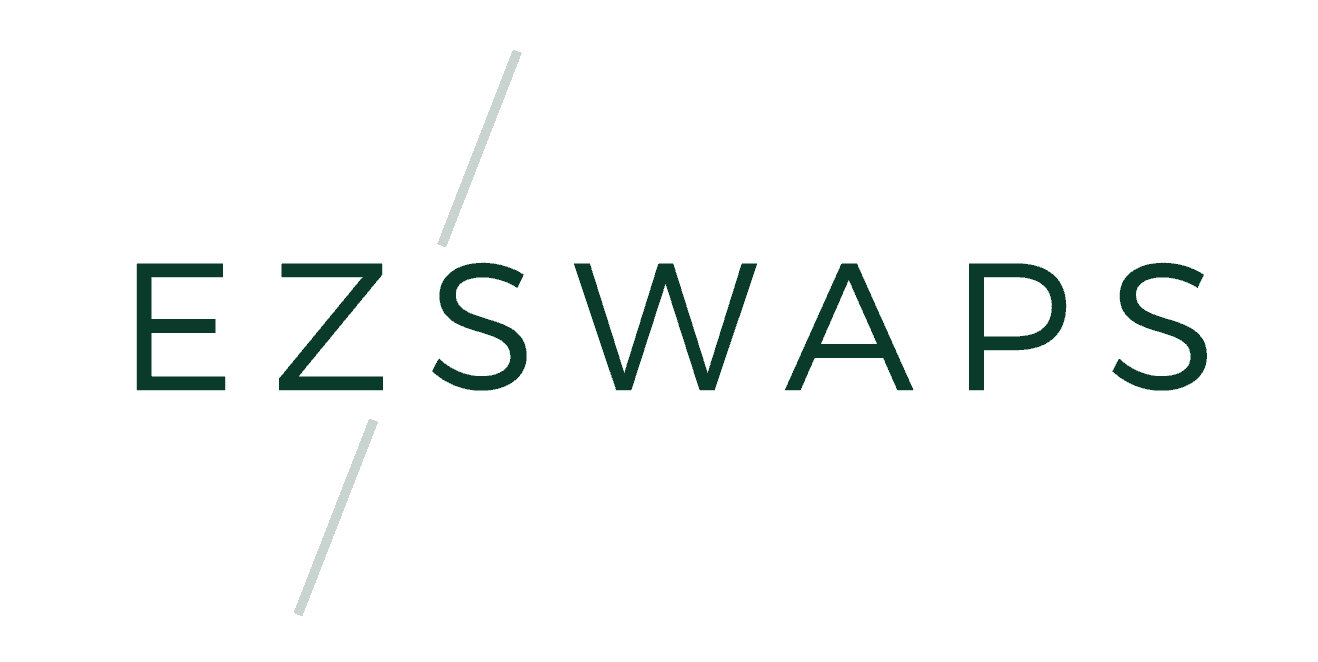Deprecated: mb_convert_encoding(): Handling HTML entities via mbstring is deprecated; use htmlspecialchars, htmlentities, or mb_encode_numericentity/mb_decode_numericentity instead in /home2/ezswapsco/public_html/wp-content/themes/pipdig-etoile/inc/functions/inc/functions/pinterest_hover.php on line 36
Reading Time: 5 minutes
This blog post tells the story of my search for the perfect eco-friendly toothbrush. It started a few years ago…
Towards the end of 2018, I went to my dentist for a checkup as I hadn’t seen her in a while. She said my teeth were fine but I was brushing them too hard, making my gums recede a little.
Brushing too hard causes receding gums, which enables bacteria and plaque to build up, and wears away tooth enamel. She recommended I use an electric toothbrush with a sensor that warns when you’re applying too much pressure.
I had tried electric toothbrushes before but never liked them. However, it had been a while, so I decided to give it another go. It wasn’t long until Christmas, so when my family asked what they could get me, I said: “An electric toothbrush with a pressure sensor please!”.
Fast-forward to Christmas day and I got not one, but two, as my sister and my mother hadn’t discussed with each other what they were getting me. So I got this beauty from my sister:

and this one from my mother:

… which my now husband stole, as it was better than his old version.
This time, I was converted; mainly because I’m a tech geek and you can connect it with an app that shows how you’re brushing, and it has more brushing features than the second one up there. Admittedly, I only used the app for the first 2 weeks before I got bored, and seldom use the other brushing modes, but otherwise, I still love it.
How eco-friendly are electric toothbrushes?
Now though, a year later, I’ve started looking at all the products I use around the house and thinking about how I can use less plastic. So, I’m wondering how eco-friendly electric toothbrushes are, what else I could be using instead, and if I should dump the plastic and move to bamboo toothbrushes. I began researching and here’s what I found out:
99% of all eco-friendly toothbrushes out there are bamboo and use Nylon 6 (plastic) bristles. The only fully biodegradable toothbrushes use natural bristles made from pig, boar or badger hair.
However:
- These 100% natural toothbrushes are very hard to find.
- Dentists claim that natural animal bristles are too hard and abrasive on our gums (besides being non-vegan friendly).
- Natural bristles also retain moisture, so they’re a breeding ground for bacteria and bad smells, and therefore not very hygienic.
I was really hoping that I would find toothbrushes with bristles made from something other than plastic or animal hair, so I kept looking.
Do 100% eco-friendly toothbrushes exist?
In short, yes, but it’s not that simple.
I found brush.naked, that makes truly 100% compostable toothbrushes with bristles made from corn and tapioca. Unfortunately for me, they don’t ship to the UK. However, this blog reports the bristles don’t last very long, which means you’d be using a lot more of these than regular toothbrushes.
I also found another company, Natural Spa Supplies, that makes 100% compostable toothbrushes out of beech wood and natural boar bristles. Based on number three from the points above though, I’m not sure I want to try them. I also wonder about the welfare of the boars and which country they are grown in (later the company told me the brushes and bristles are both German in origin).
There is also this company, SWAK, that uses bristles made from miswak root wood. The miswak is a teeth-cleaning twig made from the Salvadora persica tree. It was used by humans before toothbrushes were ever a thing. But, I can’t find enough research to say how it compares to modern methods.

Doing my research, I found lots of companies claim their toothbrushes are 100% compostable or biodegradable (which have two different meanings anyway, so watch out!). The one pictured below claims it’s “the world’s first and only plant-based toothbrush”, but the bristles are always made of nylon. In their case: 62% Castor Bean Oil and 38% nylon.

If you do buy an eco-friendly toothbrush made of bamboo or wood and you want to compost it at home, first check if it’s suitable for home composting (rather than commercial composting) and then take out the plastic bristles with the help of pliers.
But wait, isn’t Nylon 6 biodegradable?
Nylon 6 is not a biodegradable material, unlike what most brands of eco-friendly toothbrushes want you to think. It might, however, degrade into microplastics.
Is Nylon 6 recyclable?
In some cases, Nylon 6 can be recycled but it’s unlikely that you can throw it in with your domestic collection. Equally, your local recycling centre is unlikely to have a special area for Nylon 6.
Having said all this, I think buying a bamboo or wooden toothbrush is definitely better for the environment than a regular plastic toothbrush. However, in my case, as I don’t realise when I brush too hard and don’t want my gums to recede, I’d rather stick to my electric toothbrush and not compromise my teeth.
I also started researching eco-friendly toothbrush heads and found these on Amazon, sold by LiveCoco. It says they are 100% recyclable, so I did some more digging.

The company asks you to return the used heads and it will take care of the recycling. The heads are still made out of plastic with nylon bristles, however. I suspect they are pretty much the same as the original ones. I have emailed Oral B to ask what theirs are made of, as I can’t find this information online. So far, they haven’t replied.
Either way, I found that the original Oral B (and any other brand ones actually) can be recycled through The Colgate® Oral Care Recycling Programme. Yes, recycling is not the best solution. The process is not perfect, and plastic is often only recyclable up to a point. But, this has to be better than just throwing it away with regular rubbish that ends up in landfill, right?
The search continues…
So far I’ve been unable to find the perfect, eco-friendly toothbrush. However, it’s clear some choices are much better than others. I’m confident though that there are manufacturers out there striving to make their toothbrushes as sustainable as possible, given how important they are to our lives. Hopefully, there will be one soon!
How about you; what sort of toothbrush do you use? Do you think about its environmental impact? Let me know in the comments below.

Hey, really interesting post. I recently switched to Floe. Not perfect but a step in the right direction I hope. However I’ve found that my teeth get a bit sensitive so I have to swop in my pronamel stuff as well. My pet peeve is when it’s *so* hard to be more eco friendly!
Author
Thanks, I’ll check them out. I agree! It shouldn’t be so hard to find eco-friendly alternatives! Luckily it does look like we’re getting more options on the market but there’s still a long way to go.